Puzzling Beach Find: Centuries-Old Riddle Perplexes Experts
In September 2021, beachgoers in Brittany, France, made an incredible discovery when a boulder revealed by the low tide was covered in engravings in multiple languages. The boulder, which measures about two meters in length and 1.5 meters in width, was found on a beach near Plougastel-Daoulas in the Finistere region of Brittany.
Unfortunately, despite the efforts of historians, the message remained a mystery until a contest was held to solve the mysterious riddle. Delve into the story behind the enigmatic Plougastel-Daoulas boulder and uncover its secrets.
The Tiny Town of Plougastel-Daoulas
The boulder was discovered outside Plougastel-Daoulas, a town located in the Finistère department in Brittany, France. It is known for its rich cultural heritage, including the Chapelle de Notre-Dame de Traon an Dour, a 16th-century chapel with a famous altarpiece.

Source: Youtube
Additionally, Plougastel-Daoulas is home to several beautiful beaches and coastal trails, making it a popular tourist destination. Many experts say that the harbors on these beaches were once used by French Revolution soldiers.
Exposed by Low Tides and Human Inquisition
So, it is no surprise that the mysterious Plougastel-Daoulas boulder was discovered by beachgoers. It turns out that regulars at the beach have never experienced such low tides, so some of them decided to explore the boulders laid bare in its wake.
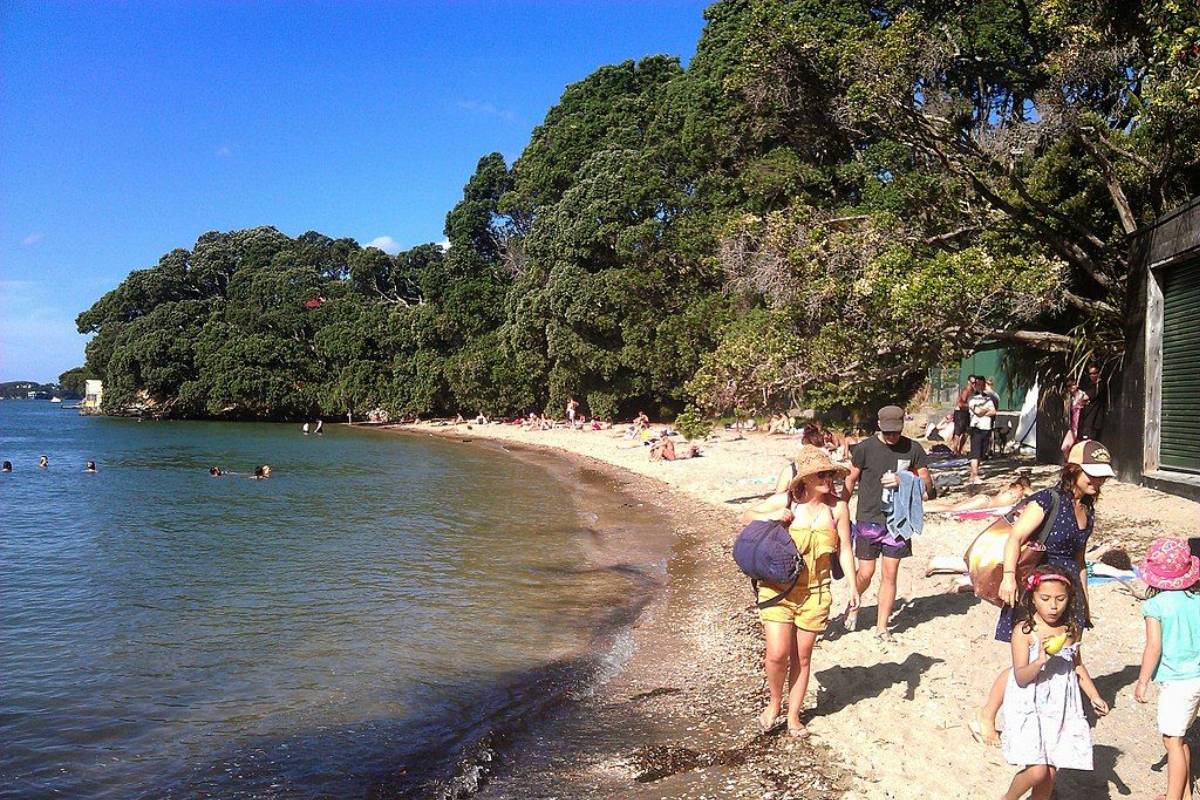
Source: Wikimedia Commons
While humans are not the oldest animal species, or the one with the highest number of brain cells, experts have suggested our insatiable inquisitiveness as a factor for dominating planet Earth.
Secrets Began Appearing Beneath the Waves
As the tide receded, beachcombers strolling along the shore stumbled upon a massive granite slab. The 3’ rock, which had likely been revealed due to erosion, sat at the peninsula’s base.
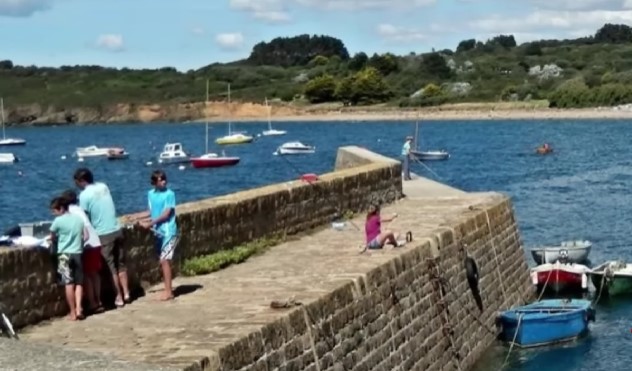
Source: Youtube
Curiously, inscriptions of an unknown origin adorned the surface of the boulder, leaving the beachgoers baffled. Not long after, the peculiar discovery was reported to the town, and historians were soon enlisted to unravel the mystery behind the engravings.
What Did It Mean?
Upon inspection by experts, the boulder was cleared of the lichen that had accumulated from exposure to water. To enhance the visibility of the engravings, they were highlighted with chalk.
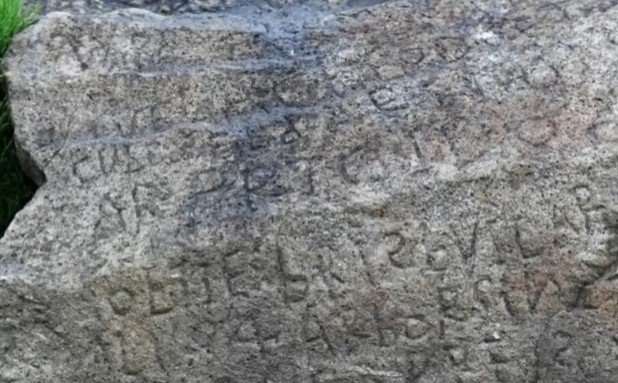
Source: Youtube
The inscriptions contained words that were fragmented due to the effects of erosion. However, two images, one of a sacred heart with a cross and another with a sailboat, were still visible. The rock also bore two years — 1786 and 1787.
The Language Was Almost Impossible to Translate
The boulder contained inscriptions in multiple languages – one of which was Breton – a Celtic language introduced to the area by British travelers during the Early Middle Ages. Unfortunately, only around 200,000 people in France can speak Breton today.

Source: Youtube
Breton can be difficult to translate, as it did not have standardized spellings in the 18th century. Additionally, the language underwent many changes over time, and there are various dialects, which can also complicate translation efforts.
Could It Have Been A Riddle of Some Sort?
François-Pol Castel, a historian part of the team that worked on deciphering the text on the Plougastel-Daoulas boulder, stated that the inscription was likely a riddle or puzzle. He suggested that the text may have been written by a sailor who had visited several different countries and was trying to challenge others to figure out the meaning of the engravings.
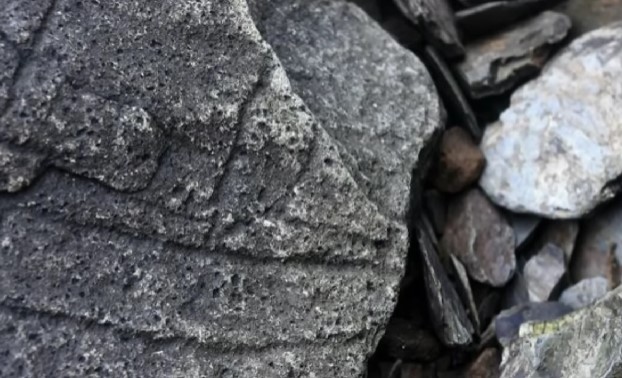
Source: Youtube
Castel also noted that the Breton text was particularly challenging to translate due to its use of obscure vocabulary and complex sentence structures. Some of the letters that were French were backward or upside down.
Breton Speakers Wanted
Breton is a largely improvised language, and due to its unofficial nature, much effort was not invested in standardizing the language’s grammar. Consequently, there were a handful of variants in Brittany, where it was predominantly spoken.
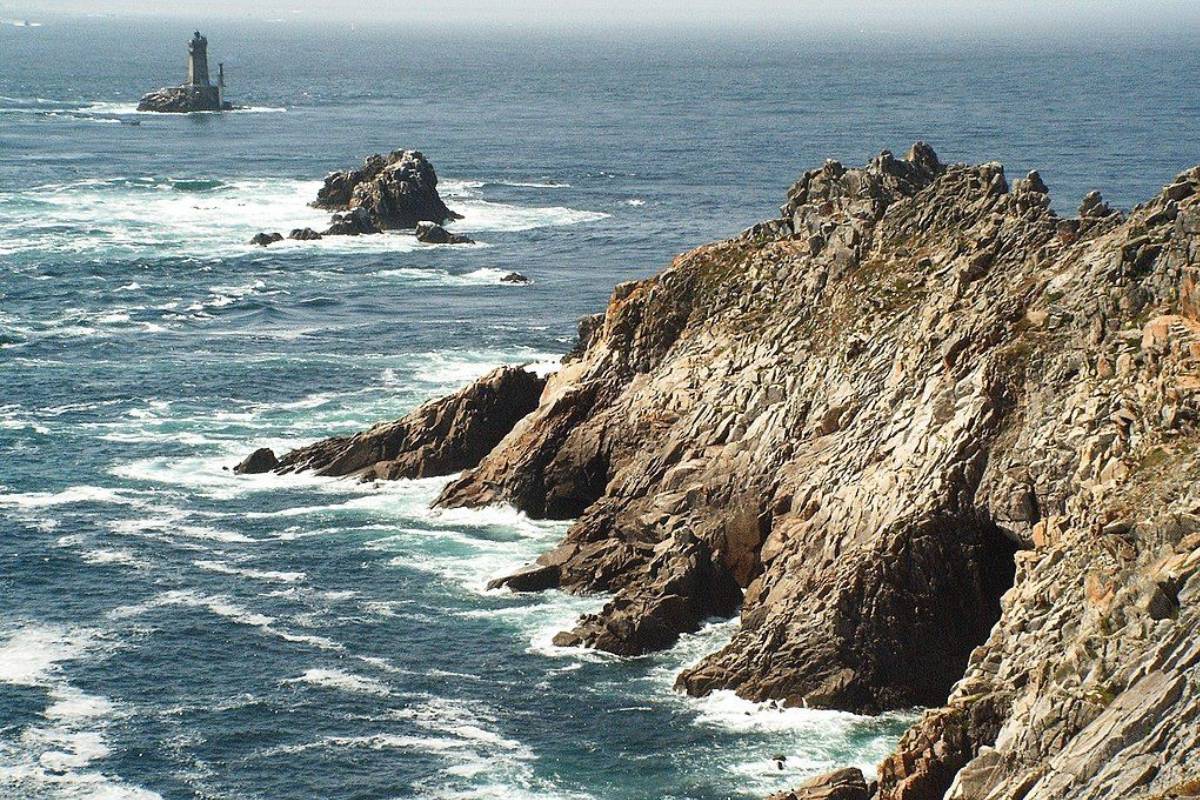
Source: Wikimedia Commons
Historians, therefore, decided to go all out in their search for someone who could decipher the specific variant of Breton inscribed on the boulders.
Deciphering the Words Was a Challenge
According to an interview, the first line said, “Through these words, you will see the truth.” “So it is very mysterious, isn’t it?” According to Castel, he found 20 Breton words in the engraving, which accounted for less than half of the total words.
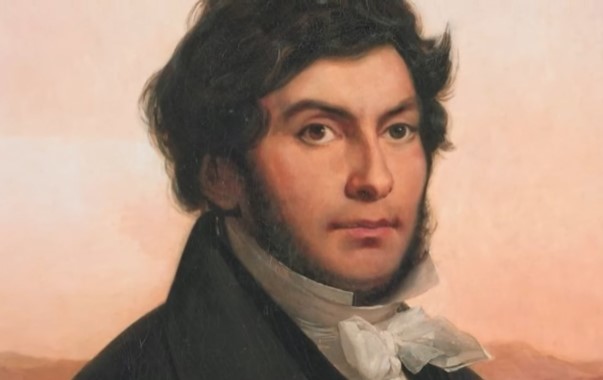
Source: Youtube
These words did not seem to be related to one another. Castel believed that the words were written phonetically, which was odd because Breton was primarily a spoken language without standard spellings.
The Location of the Boulder Was Equally Noteworthy
The boulder rested on the shore of Brest Harbor, a place frequented by soldiers and sailors throughout history. The harbor has revealed centuries-old shipwrecks in its waters, and several military forts stand in the area.

Source: Youtube
One such fort, Fort du Corbeau (otherwise known as Crow’s Fort), is located a quarter-mile away from the boulder. The beach has been traveled by many over the centuries, particularly during times of conflict.
Probably a Da Vinci Protégé
During his life, Leonardo Da Vinci was known to have mastered writing with both hands. He would often take scientific notes by writing from right to left, and by leaving cryptic clues on the drawings of some of his inventions.
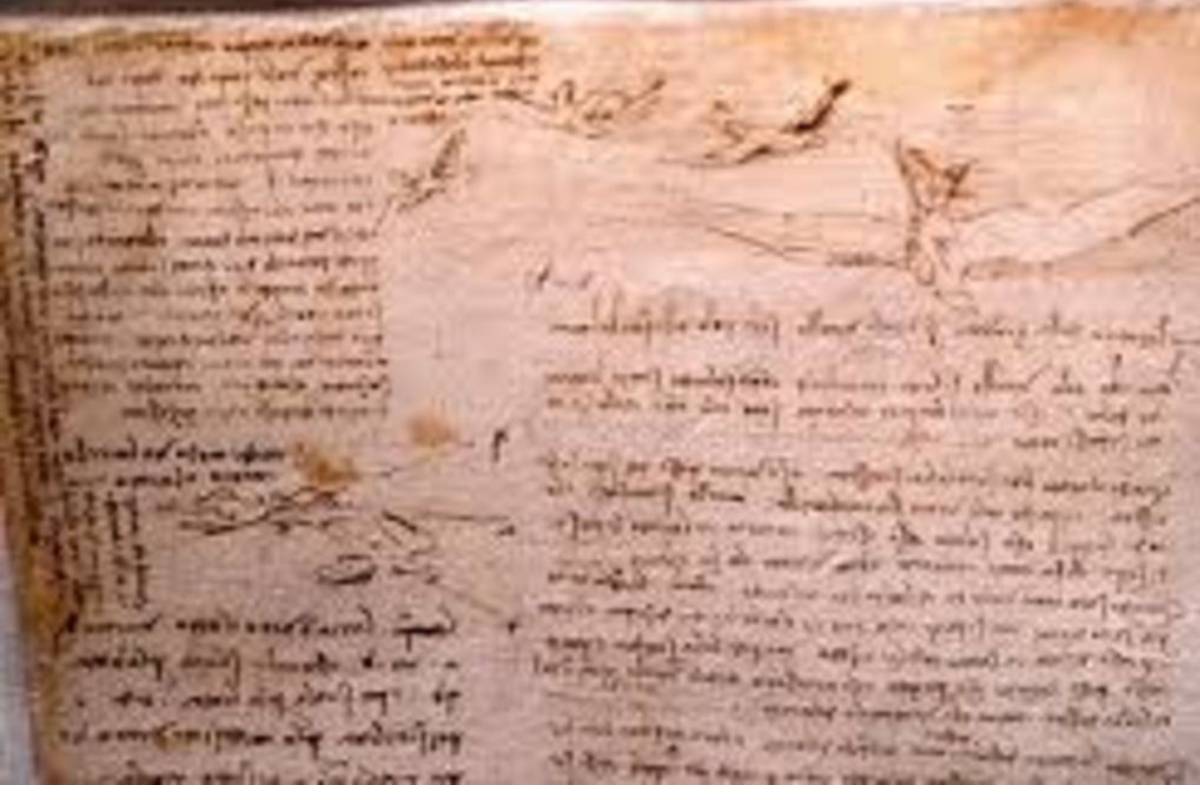
Source: Reddit
So, who knows, whoever scribbled the Plougastel-Daoulas inscriptions on the boulders was probably an admirer of Da Vinci, and was probably out to test the wit of his intended readers.
The Engraving Itself Was Almost 250 Years Old
The engravings on the rock date back 250 years, coinciding with the two dates inscribed on it. This was a period of unrest in France, with the country facing a severe financial crisis after incurring debt from the Seven Years’ War and the American Revolution.
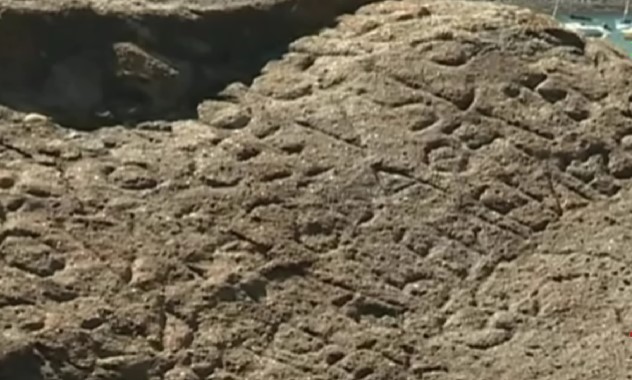
Source: Youtube
During 1787, France was embroiled in a two-year war with Britain, which further worsened the financial crisis and ultimately played a role in triggering the French Revolution. It is possible that these historical events could be connected to the enigmatic inscriptions on the rock.
Luckily, Historians Had Something to Say About the Images
Even though they couldn’t translate the words, the images were telling. The most significant image was the sacred heart with a cross – the emblem of the Chouans, a Catholic and royalist group that fought against revolutionary forces in Brittany.
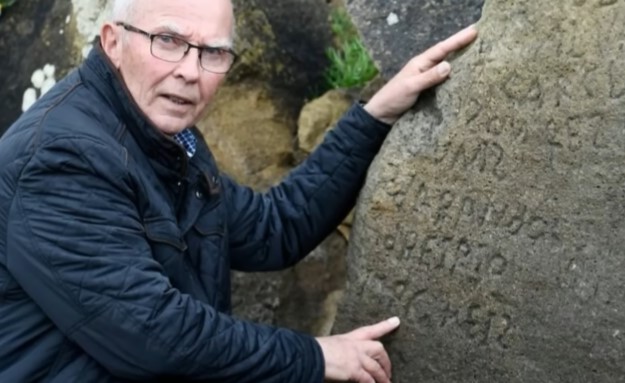
Source: Youtube
The other image on the rock was of a sailboat. Historians believe the engraver was likely a sailor or a member of the Navy. It’s also possible that the ship represents one of the vessels that sank during the war between France and England.
Historians Also Believe the Engraving Itself Must Have Been Difficult
Engraving a stone like this can take several days of effort to achieve the level of detail found on the Plougastel-Daoulas boulder. Michel Paugam, the local heritage and historical site manager, suggests that the engraving likely took at least a week to complete.
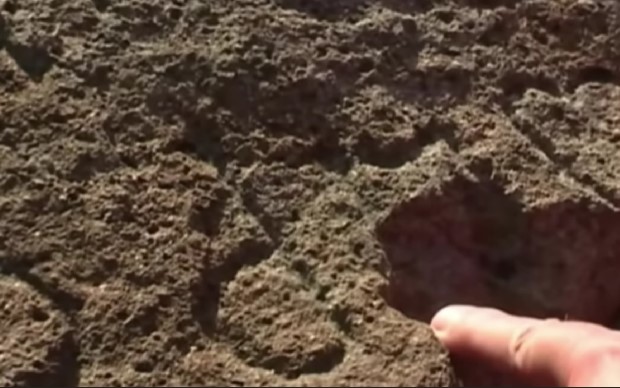
Source: Youtube
Given the amount of time and effort required, it is probable that the engraver was a resident deeply invested in the project. This level of dedication makes engravings such as this one so uncommon.
The Inscriber Had Clearly Done This Before
The evidence suggests that the individuals who created the engraving had experience in stone carving. The fact that the rock is still visible above high tide implies that the location was chosen strategically. Moreover, carving into stone is not an easy task.
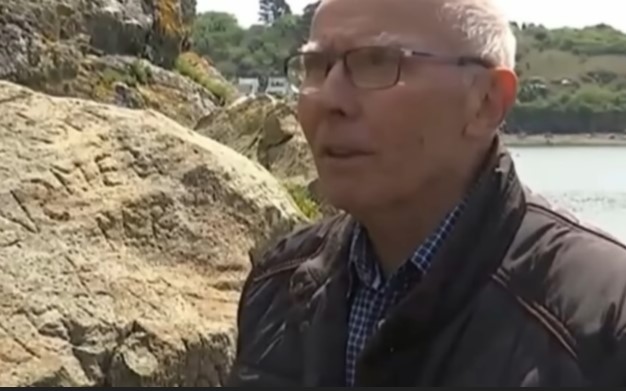
Source: Youtube
Paugam suggests that the authors were skilled in sculpting and had a thorough understanding of the material. It is uncertain, however, whether they were experienced in writing, and it’s possible that someone else was giving them instructions on what to inscribe on the rock.
Some Experts Believe They Were Soldiers
The harbor was likely under military control in 1787. Experts say the proximity of the boulder to a fort suggests that soldiers could have easily accessed the site to work on the engraving.
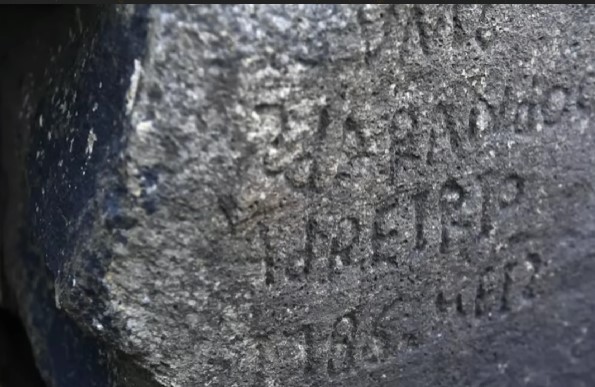
Source: Youtube
Paugam speculated that the soldiers may have had free time in the evening to come to the beach and work on the inscription. He suggested that while enjoying a campfire or picnic, one of them could have possibly worked on the inscription.
Soldiers With Engraving Skills
The theory that the inscriber of the writing is a soldier may not be far-fetched, and neither is the suggestion that they were experienced carvers. In fact, the chief, or sole inscriber, may have been both.
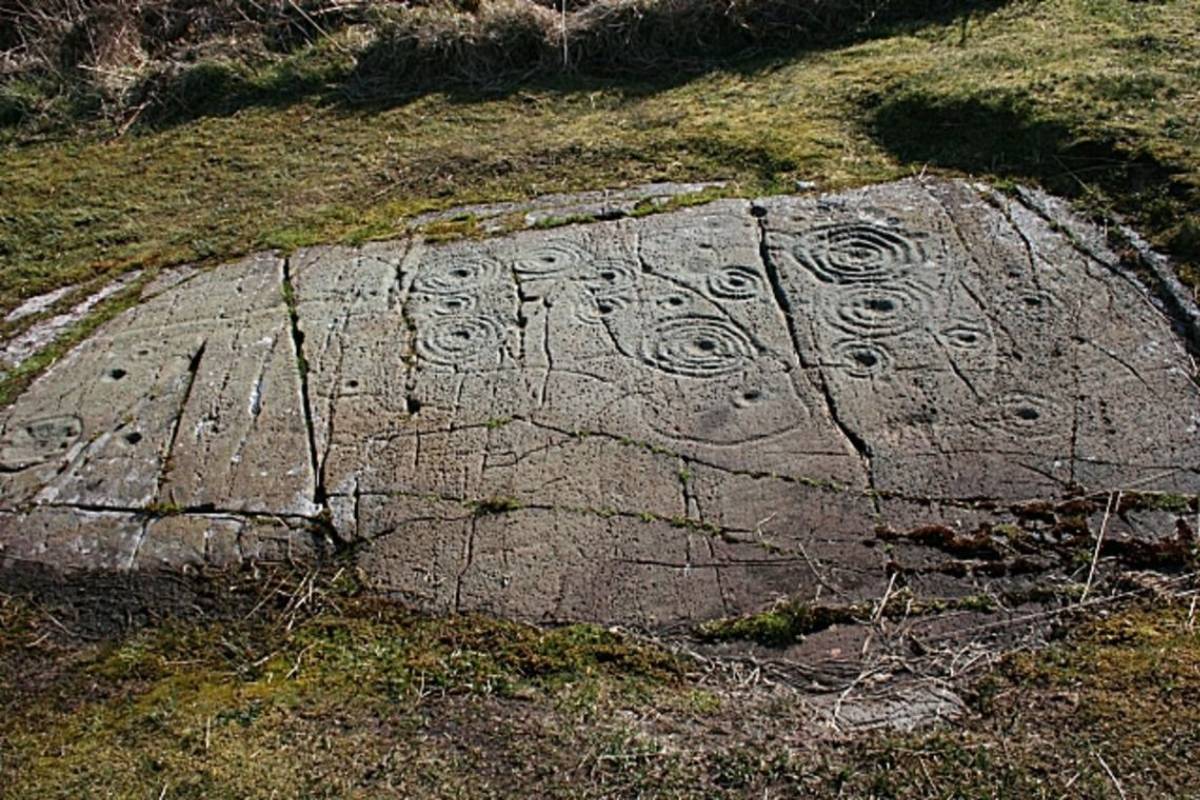
Source: Geograph
From the history at our disposal about the conscription of men for wars, it is well known that artisans and whatever available hands were made to fight. So, it is not unlikely that they have been carving, either professionally or as a pass time, before becoming a soldier.
Overall, However, Experts Could Not Translate It
Despite being uncovered by Plougastel-Daoulas experts, the boulder’s language still remained a mystery as it couldn’t be translated. The experts had a hard time identifying the language or languages used.
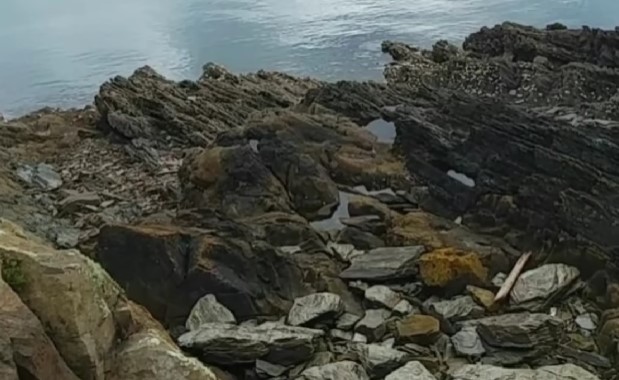
Source: Youtube
Brest was a bustling port town where sailors from different parts of the world would often stop there. Local historians speculate that the unknown language may have been anything from Russian to Spanish.
The Mayor Wanted an Answer
Despite consulting with local historians and archaeologists, Mayor Dominique Cap could not find a satisfactory explanation for the mysterious Rocher du Caro engraving. To uncover its meaning, he decided to launch a competition.
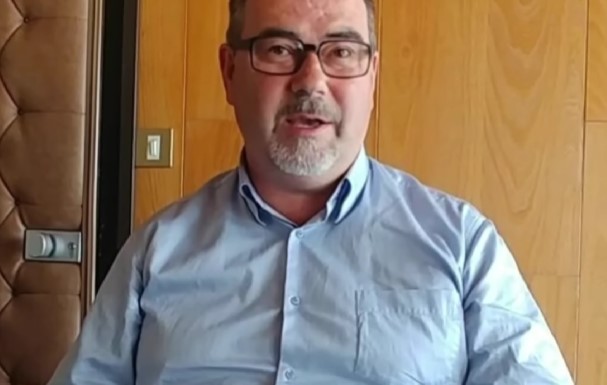
Source: Youtube
He recognized that there might be experts outside the local area who could shed light on the matter. They decided to launch a competition instead of remaining ignorant of the possible mysteries.
An International Contest Was Organized
The competition offered $2,200 to the individual who submitted the most probable explanation. A panel of judges comprising language experts, historians, council members, and archaeologists was set to assess each theory.
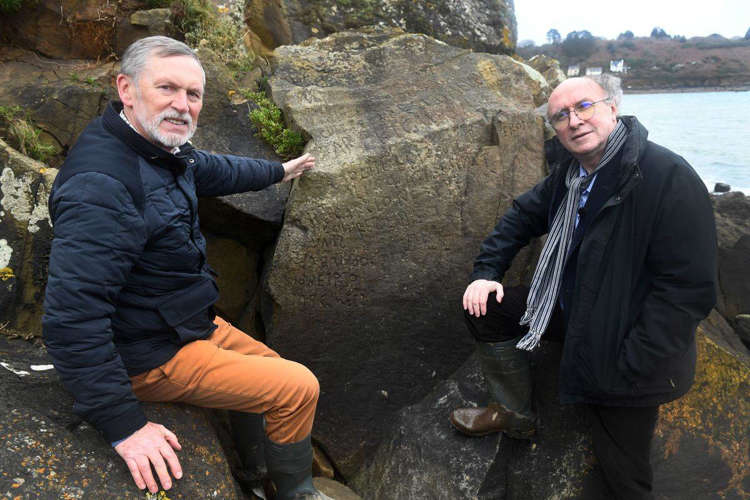
Source: The History Blog
In honor of the famous Rosetta Stone decipherer, Jean-François Champollion, the contest was named “The Champollion Mystery of Plougastel-Daoulas.” The contest gained widespread attention through social media after various news sources reported on it.
The Response to the Contest Was Overwhelming
Town council member Véronique Martin received an overwhelming response shortly after announcing the competition, with over 2,000 people expressing interest. Within the first month and a half, she sent out 60 applications.

Source: Youtube
When the contest finally ended, the jury was presented with 61 entries and over 1,500 pages of theories. While a majority of the submissions were from France, others came from countries such as Thailand, Belgium, the U.S., and the UAE.
There Were Many Theories
The competition jury had a wide range of ideas to consider among the 61 entries. For instance, one applicant conducted research on the religious practices of families in the region and suggested that the engraving might be a prayer to Jesus for protection.
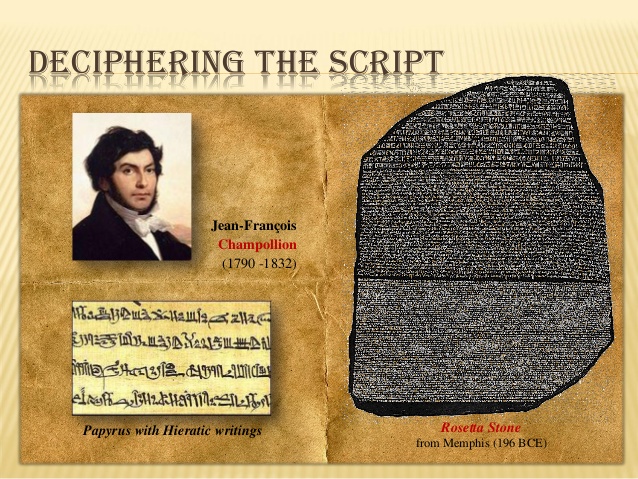
Source: Studylib.com
Meanwhile, another theory posited that the 7’s in the date inscription were actually 1’s and that the engraving dated back to the 1100s in Old Gaelic rather than Old Breton. The jury considered each theory carefully and gave all submissions a fair chance.
Even the Internet Got Into the Competition
While professional historians and researchers presented their comprehensive theories for the Rocher du Caro competition, social media users also shared their ideas. On Reddit, some suggested explanations such as a Druidic religious site or a roster of soldier names.

Source: Pinterest
Though internet users have contributed to historical mysteries before, they were not formally included in the competition. Instead, the city reserved the competition for professional historians and researchers.
Eventually, Two Winners Were Selected
Two winners were declared by the jury through an announcement in the French newspaper Ouest-France. The prize money of $2,000 would be equally divided among them.

Source: thedressychick.com/ Pinterest
Mayor Cap mentioned that both theories had many similarities, noting the engraving was a tribute to a man who had died. Although there were slight variations in their interpretations, both supported the possibility of soldiers from Crow’s Fort being involved.
However, Some of the Mystery Still Remains
About 20% of the inscription is still untranslatable due to various factors, including the erosion of the stone and the complexity of the languages used. Luckily, there is still hope for this mystery.
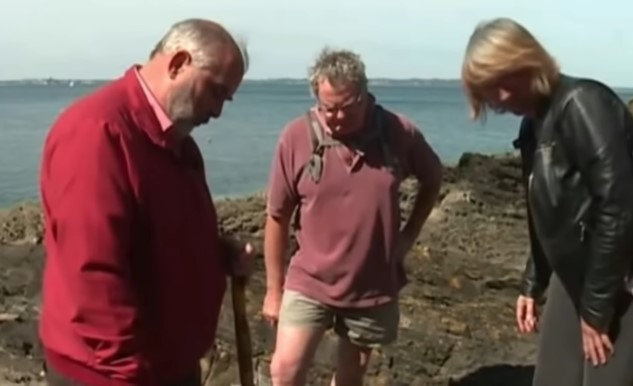
Source: Youtube
According to a report by Smithsonian Magazine, the town council is planning to make the boulder more accessible to the public, which could potentially lead to more people being able to solve the mystery. Even though there is still a lot of work to be done, Mayor Cap expressed his satisfaction, saying, “We have taken a big step forward.”
Better Off Solved
Some naysayers may be of the opinion that the $2,000 competition was a waste of taxpayers’ money. However, ignorance could sometimes be much more expensive than that.

Source: Wikimedia Commons
The human race often proves its ingenuity by leaving historical clues for coming generations. Who knows if the inscription was a warning of some plague or directions to some hidden treasure? However, now that its meaning has been revealed, we can rest satisfied that a time capsule has been successfully unraveled.
